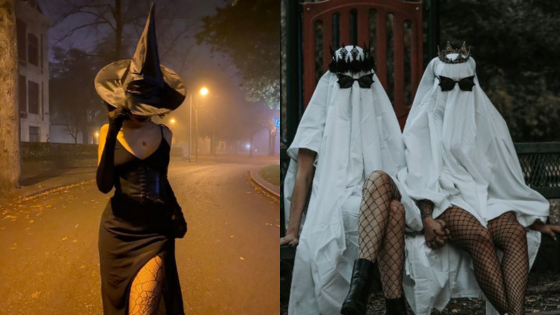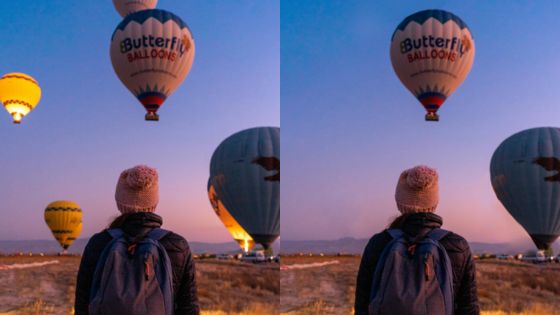Vibrant food flat lays offer a visually striking way to showcase your culinary creations. These compositions not only highlight the beauty of the food but also engage your audience with their artistic presentation. Whether you’re a food blogger, a restaurant owner, or simply an enthusiast, mastering this technique can elevate your food photography to new heights.
Capturing the essence of vibrant food flat lays requires an understanding of both styling and photography. You’ll want to focus on color balance, interesting compositions, and textural contrasts to fully express the deliciousness of your dishes. Knowing how to skillfully arrange your items can lead to captivating images that draw in viewers and encourage them to explore your content further.
Creating eye-catching food flat lays isn’t just about the shot itself; it’s also about sharing and marketing your work effectively. By investing time in learning the best practices for both styling and promotion, you can boost your visibility and engage a broader audience eager to appreciate your food art.
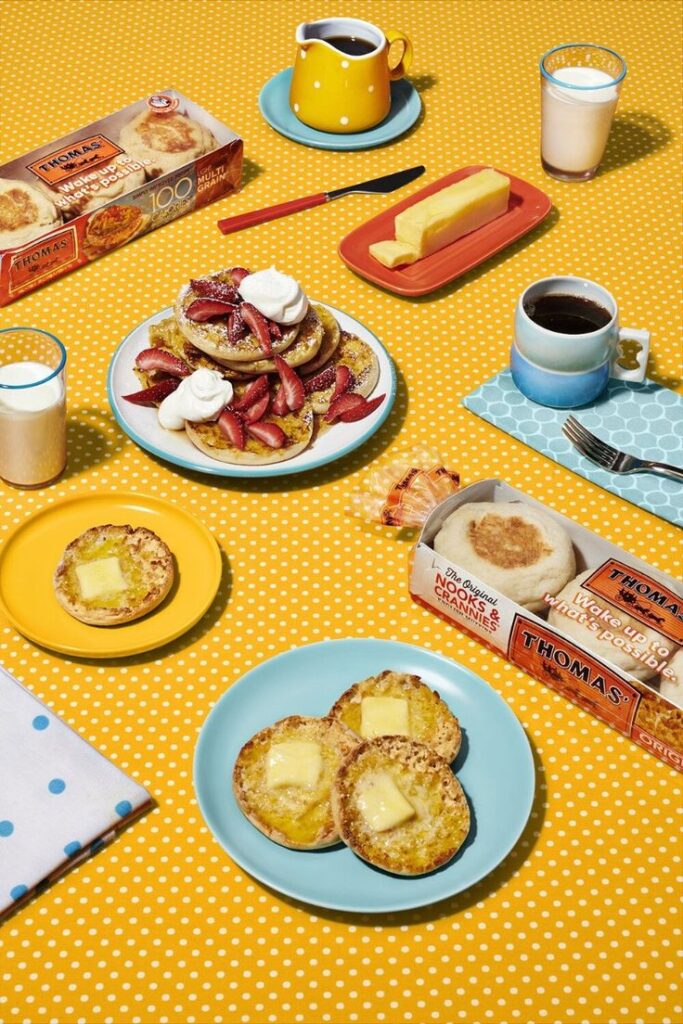
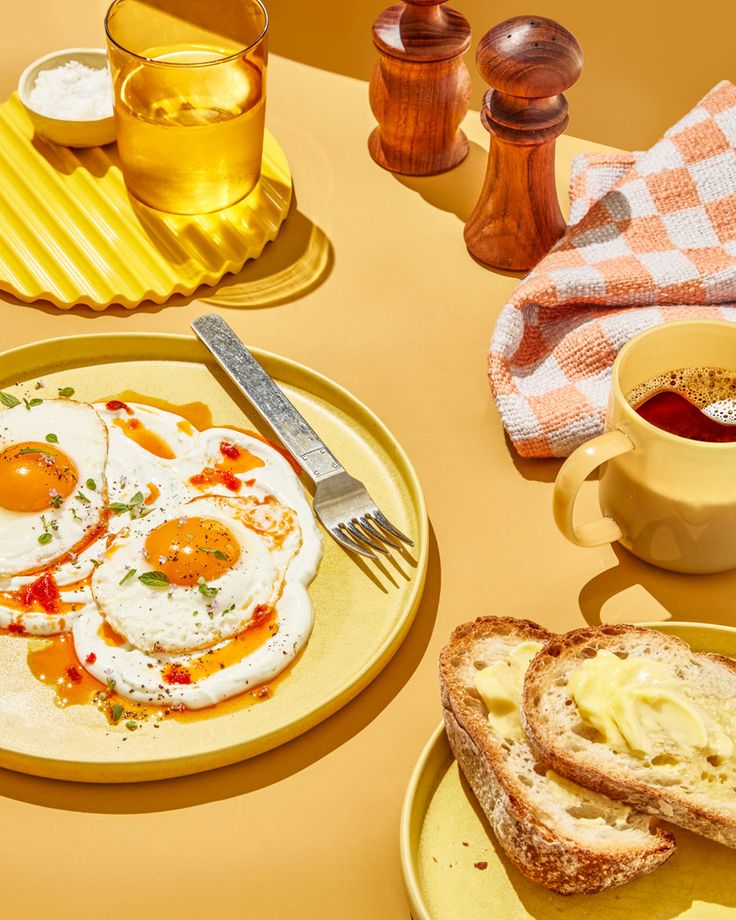
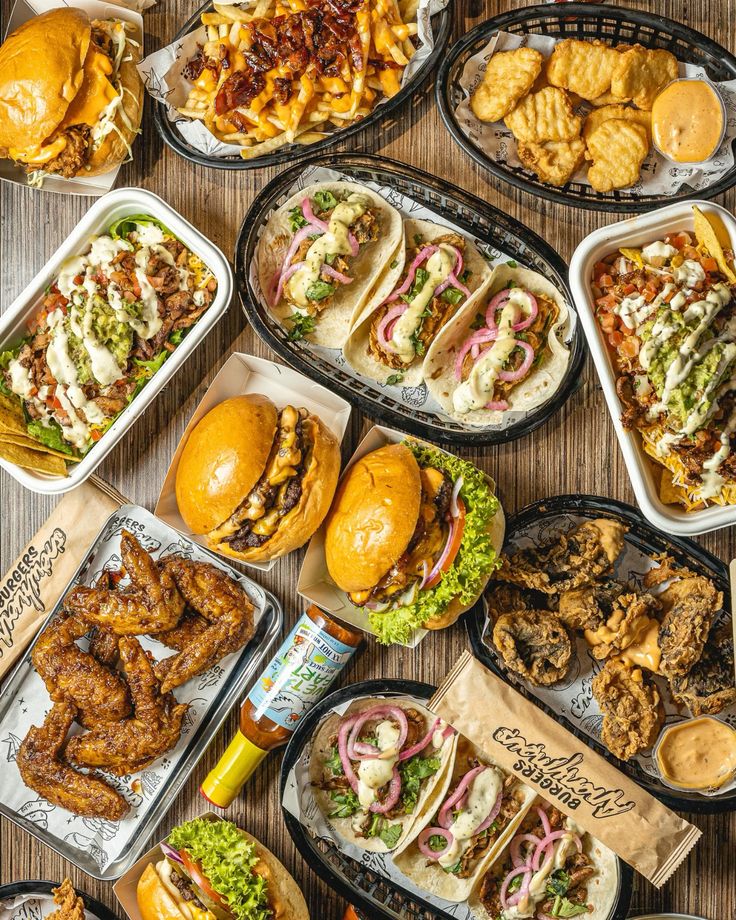
Key Takeaways
- Vibrant food flat lays enhance the visual appeal of your dishes.
- Proper styling and photography techniques are crucial for captivating images.
- Effective sharing strategies can significantly expand your audience reach.
Basics of Vibrant Food Flat Lay Photography
Vibrant food flat lay photography captures beautiful arrangements of food from a bird’s-eye view. Key elements include understanding composition, using appropriate lighting, and telling a visual narrative through your setup.
Understanding Flat Lay Photography
Flat lay photography involves arranging food items on a flat surface, usually captured from directly above. The goal is to create a visually compelling image that showcases the food attractively.
When creating flat lays, think about balance and symmetry. Use negative space effectively to draw attention to your main subject. Layer different elements like plates, utensils, and garnishes to add depth.
Experiment with angles; while straight-down shots are common, slight tilts can provide interest. Including unique textures and colors enhances the visual appeal, inviting the viewer into the scene.
Importance of Lighting and Color
Lighting plays a crucial role in food photography. Natural light is often preferred for its softness, creating a vibrant look. Position your setup near a window for even illumination.
Avoid harsh shadows by using soft light, which gives an inviting feel to your images. Early mornings or late afternoons provide the best lighting conditions. Consider using reflectors to bounce light if needed.
Color choices are equally important. Use contrasting colors to make your food stand out. Consider the color wheel; complementary colors can enhance visual interest and attract the viewer’s eye.
Composing the Food Story
Composition is about telling a story with your food arrangement. Think about the visual narrative you want to create. Each element should contribute to the overall scene.
Start by arranging the main dish as the focal point. Surround it with complementary items like fresh herbs or condiments to add context. Use plates and utensils that enhance the theme of your food, adding additional layers to your composition.
Layer different heights with stands or risers to create depth. This adds dimension and makes the composition more engaging. Keep adjusting until the arrangement feels balanced and complete.
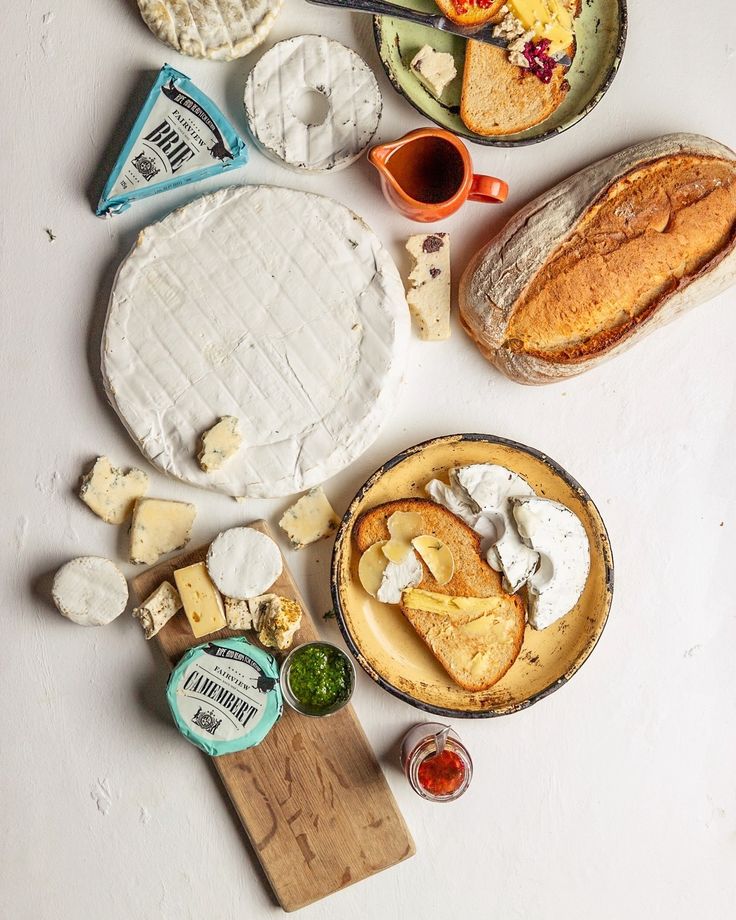
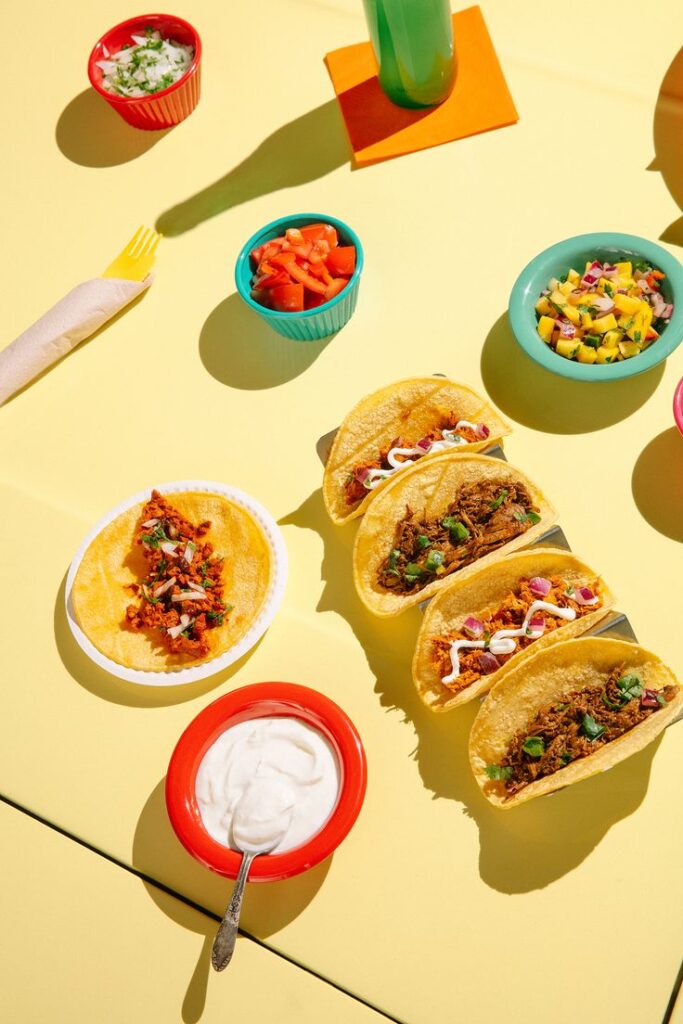
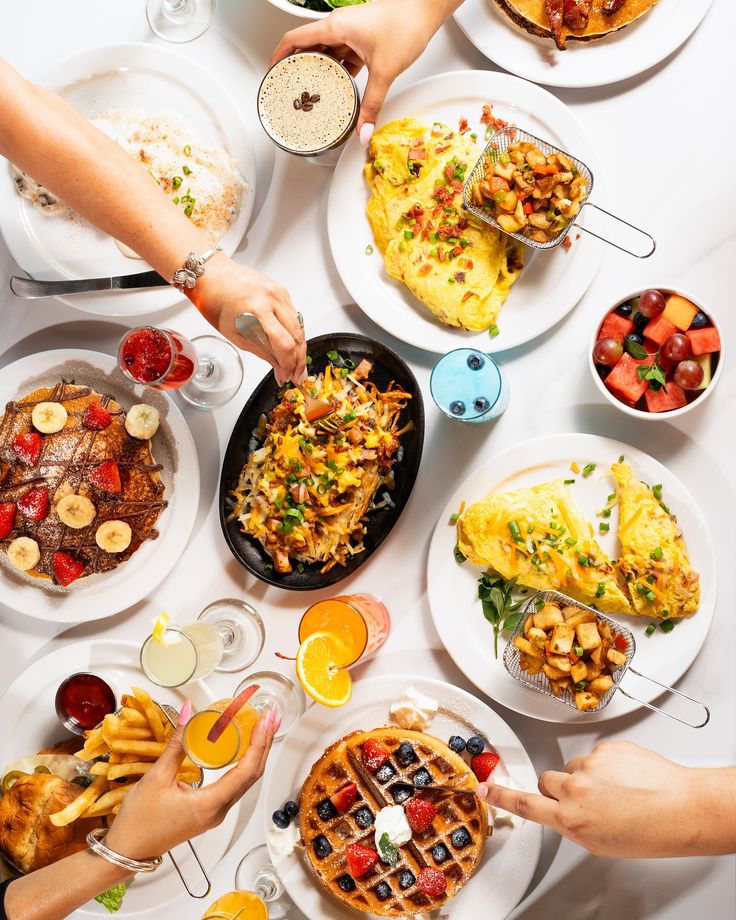
Technical Aspects of Capturing Food Flat Lays
Capturing vibrant food flat lays involves essential camera settings and composition techniques. Mastering these elements enhances the clarity and visual appeal of your photos.
Camera Settings for Perfect Exposure
To achieve the best exposure in food flat lays, start by adjusting your aperture. A wider aperture (like f/2.8) creates a shallow depth of field, isolating your subject and offering a pleasing background blur. This highlights your food while adding visual interest.
Lighting is crucial. Use natural light when possible for soft, flattering illumination. If shooting indoors, position your flat lay near a window. If you need to manage harsh shadows, consider using a diffuser or reflector.
Set your camera to manual mode for precise control. Choose a low ISO (100-200) to minimize noise and ensure clarity. Balancing your shutter speed with aperture will help you avoid overexposed highlights or underexposed shadows. A tripod can stabilize your shot, ensuring crisp images, especially in low light.
Creating Depth in Composition
Effective composition elevates your food flat lay. Implement the rule of thirds by dividing your frame into a grid of nine equal parts. Position your main subject along the lines or intersections to guide viewers’ eyes naturally.
Incorporate layers for visual depth. Arrange items at varying heights using stands or levels. Consider adding elements in the foreground and background to create a three-dimensional feel. Experiment with distance; getting closer to the focal point while keeping other items blurred can add dimension.
Don’t shy away from color contrast. Use complementary colors to make your food pop against the backdrop. Lastly, take advantage of a bubble level to ensure your camera is perfectly aligned. This small adjustment can significantly improve the overall quality of the final image.
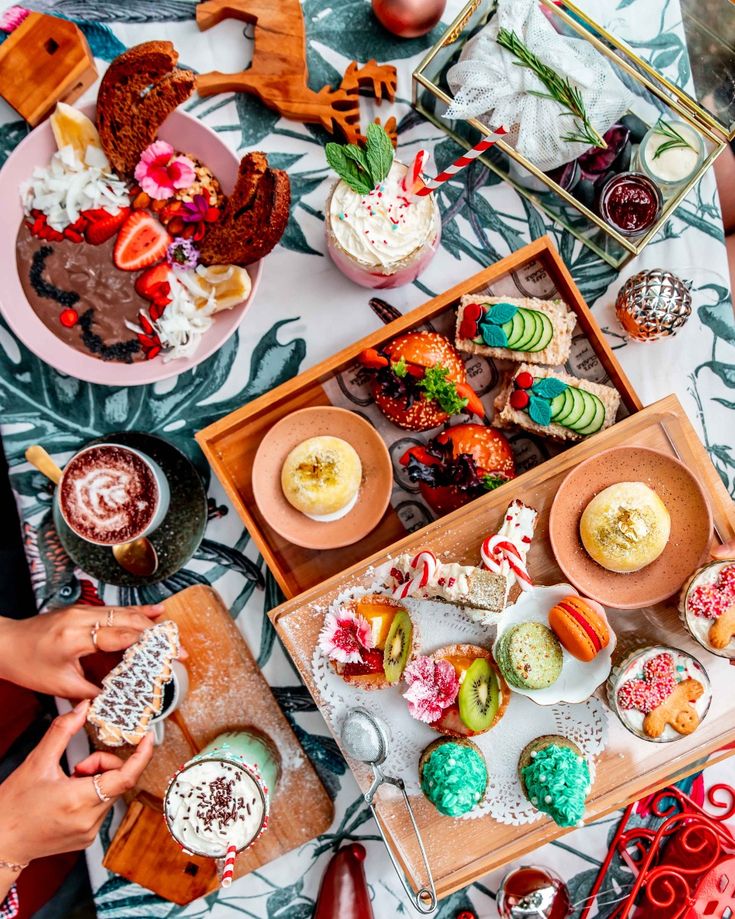
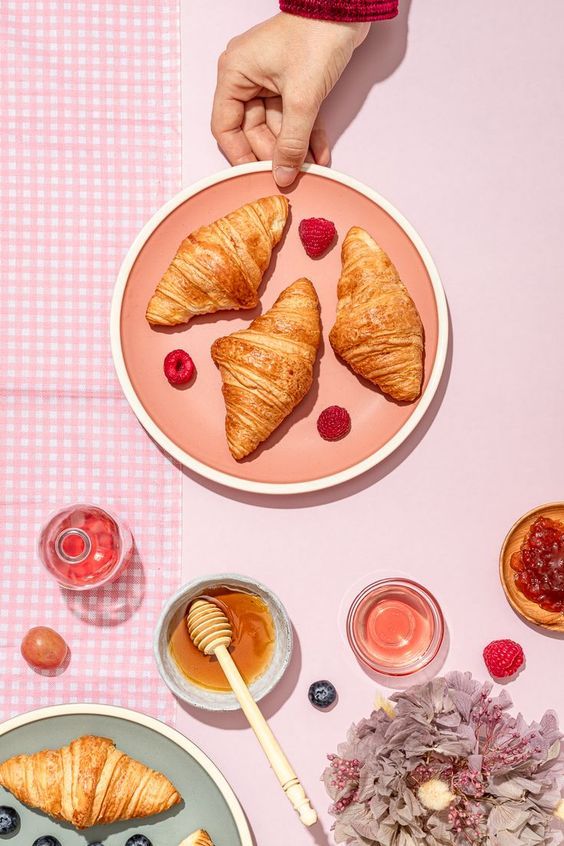
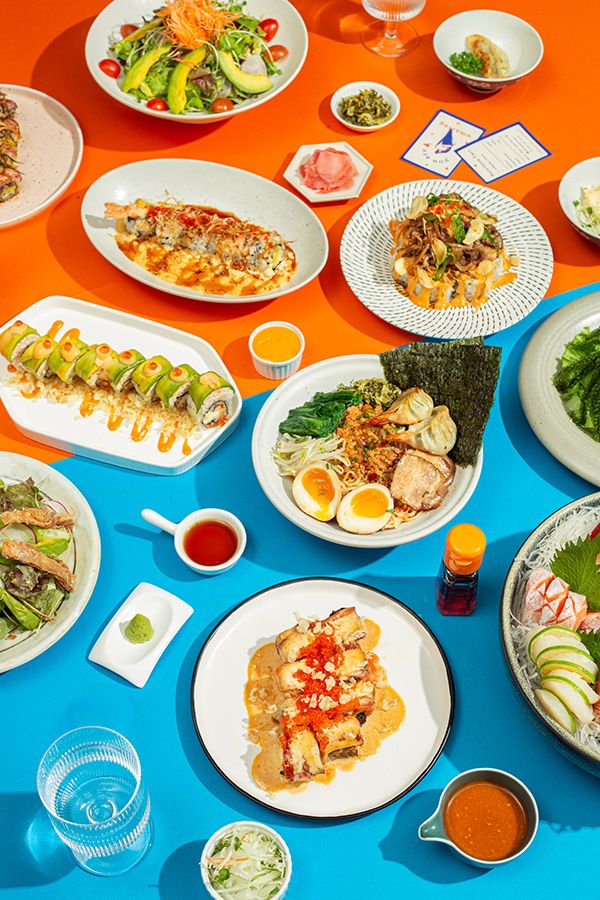
Styling and Aesthetics for Engaging Food Flat Lays
Creating enticing food flat lays involves careful attention to styling and aesthetics. Your choices regarding color schemes, props, and food presentation will significantly impact visual appeal and effectiveness.
Choosing a Color Scheme
A harmonious color palette sets the tone for your flat lay. Opt for vibrant colors that create an eye-catching contrast. Use complementary colors to enhance visual interest.
Consider these combinations:
- Warm colors (reds, oranges, yellows) for a lively feel.
- Cool colors (blues, greens, purples) for a calming effect.
Incorporate neutral backgrounds to allow food colors to pop. Aim for a balance that maintains negative space, giving your composition room to breathe and avoiding clutter.
Incorporating Props and Textures
Props add depth and context to your flat lay. Select items that complement the food without overwhelming it. Consider using textures like wood, fabric, or ceramics to create layers of interest.
Essential props include:
- Cutlery: Choose pieces that match your theme.
- Glassware: Incorporate drinks to add another visual element.
Using different textures creates contrast, making each element stand out. Keep the arrangement intentional, ensuring each piece adds to the overall aesthetic without detracting from the food.
Food Styling Essentials
Effective food styling is critical for impactful flat lays. Focus on presenting the food in a way that highlights its natural beauty.
Cutting fruits or vegetables at different angles can enhance texture. Arrange food items in a way that invites the viewer’s eye across the composition.
Consider using garnishes like herbs or spices for vibrant splashes of color.
Position items strategically to create flow, ensuring a balanced look across the frame. Always keep your target audience in mind; styling should resonate with their preferences and interests.
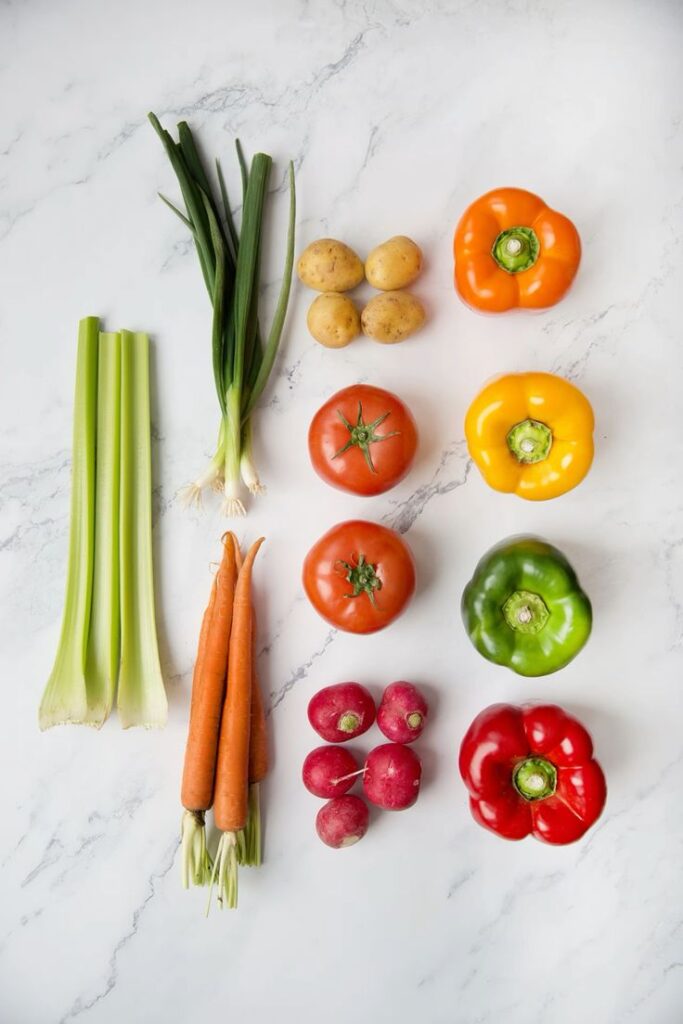
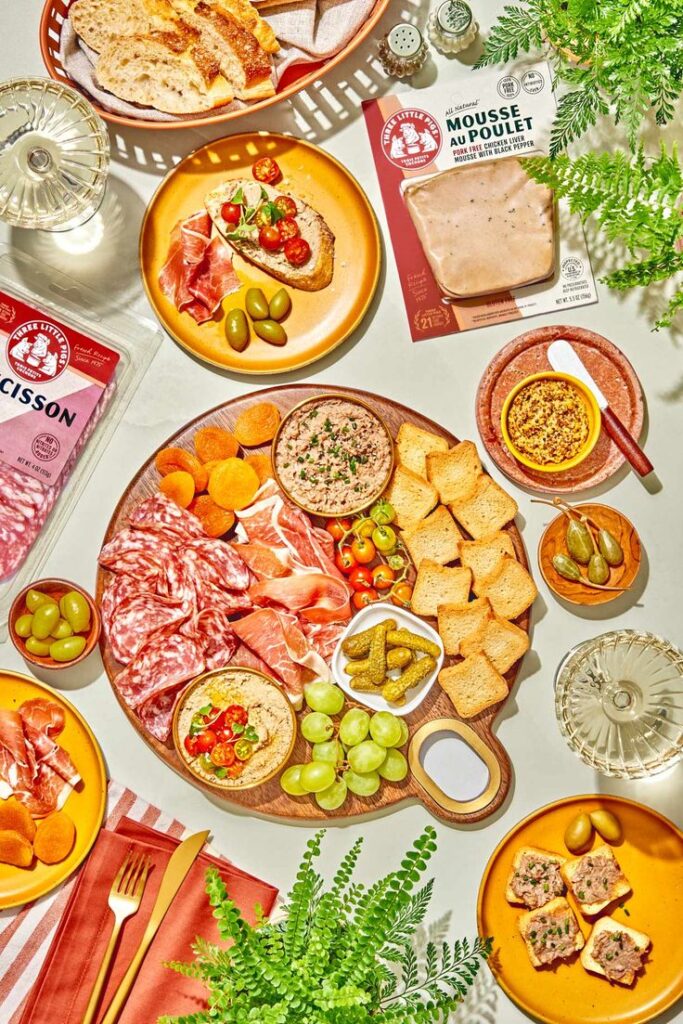
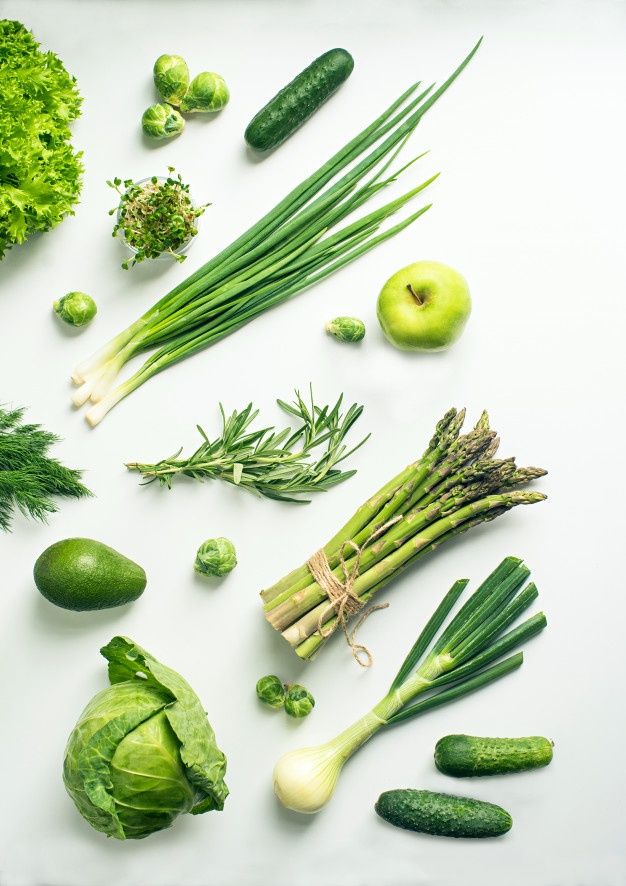
Sharing and Marketing Your Food Flat Lays
To effectively share and market your food flat lays, focus on optimizing for various social media platforms and building an authentic visual brand. These strategies will enhance engagement and help you connect with your audience.
Optimizing for Social Media Platforms
Each social media platform has unique features and audiences. Start by tailoring your content to fit. For Instagram, use vibrant images with appropriate hashtags. Utilize tools like Canva for eye-catching graphics or Later for scheduling posts.
For Pinterest, create pins that highlight your food flat lays, incorporating keywords in your descriptions. This enhances visibility, as users often search for specific ideas and aesthetics. Consider collaborating with food bloggers to expand your reach. Engaging with their followers can introduce your work to a broader audience.
Building an Authentic Visual Brand
Authenticity in your visuals fosters trust and connection. Identify a distinct style that represents your personality and perspective. Use consistent colors and filters to create a cohesive look across your platforms.
Mix product photography with lifestyle shots to showcase your food in attractive settings. Share your creative process through behind-the-scenes content. This transparency can enhance engagement, as followers appreciate seeing the effort involved. Encourage feedback and interaction by asking questions in your captions, drawing your audience into your narrative.
- 284shares
- Facebook0
- Pinterest284
- Twitter0
